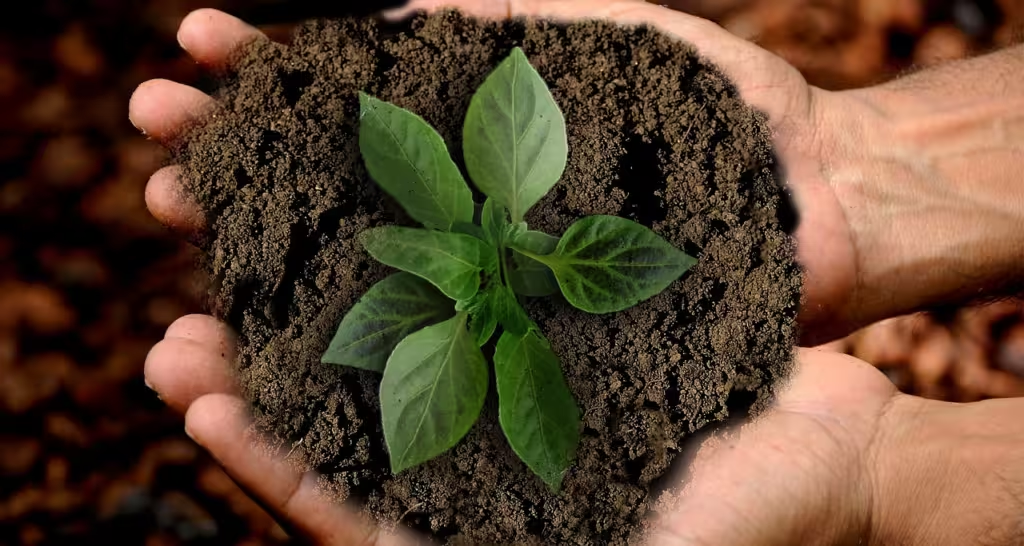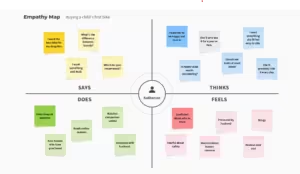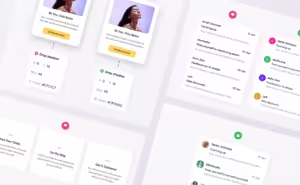In today’s world, sustainability has evolved from a trend to a vital necessity. With increasing environmental concerns, industries across the board are embracing eco-friendly practices, and graphic design is no different. This article will delve into the importance of sustainability in graphic design and explore how designers can craft visually appealing and eco-conscious graphics that support a more sustainable future.

Importance of Strategies for Sustainability in Graphic Design
Sustainability in graphic design means making intentional choices to reduce the environmental impact of visual communication. Whether working with print materials or digital graphics, every design decision affects the environment. By prioritizing sustainability, graphic designers can significantly contribute to minimizing waste, conserving resources, and fostering eco-conscious practices.
Eco-Friendly Printing Practices
The printing process has a major environmental impact, with traditional methods consuming high energy, producing chemical waste, and using non-recyclable materials. Eco-friendly printing seeks to address these problems.
- Recycled Paper: Use recycled paper made from post-consumer waste to lessen the need for virgin materials and help prevent deforestation.
- Digital Printing: opt for digital printing methods like inkjet and laser, which have a lower environmental impact than offset printing. They involve less setup, produce less waste, and support on-demand printing.
- Soy-Based Inks: Switch to soy-based inks, which are a sustainable alternative to petroleum-based inks, emitting fewer volatile organic compounds (VOCs) and reducing air pollution.
- Minimal Bleed: Minimize bleed (the extra paper trimmed after printing) to save paper and reduce waste.
Principles of Sustainable Design
Creating eco-friendly visuals begins with the design process. Sustainable design principles help designers make responsible choices that benefit both the environment and the audience.
- Embrace Minimalism: Emphasize simplicity by removing unnecessary elements. This approach not only enhances visual appeal but also minimizes clutter and waste.
- Optimize Space Usage: Optimize design space to avoid material overuse and lower printing costs. Strategically use white space to enhance visual appeal.
- Leverage Vector Graphics: Utilize vector graphics, which use mathematical equations to create scalable designs without losing quality. This reduces the need for multiple image versions and saves storage space.
- Adopt Modularity: Design with modular components that can be easily updated or replaced, minimizing waste and avoiding complete redesigns.
Sustainability in color choices
Color choices in graphic design can influence sustainability. Selecting specific colors can enhance the eco-friendliness of visuals.
- Earth Tones: Colors such as greens and browns evoke a natural connection and align with environmental themes, reinforcing sustainability.
- Limited Color Palettes: Reducing the number of colors in a design simplifies it and lowers ink or toner usage during printing.
- CMYK Printing: Employing the CMYK color model (cyan, magenta, yellow, black) is more eco-friendly for print designs compared to RGB (red, green, blue), as it more accurately reflects the inks used in the printing process.
Eco-Friendly Typography
Typography is a critical component of graphic design, and it, too, can contribute to sustainability.
- Font Selection: Opt for fonts with thinner strokes and narrower spacing to reduce ink or toner usage during printing. If you have a unique, aesthetically pleasing font, that’s a great start. Otherwise, explore modern font generators for sustainable design options.
- Font Size: Choose an optimal font size to avoid the need for large, wasteful print materials.
- Digital vs. Print: Whenever possible, favor digital distribution over print. Digital typography eliminates the need for paper and ink, offering instant accessibility with a smaller environmental footprint.
Eco-Friendly Packaging Design
Packaging design plays a significant role in sustainability, especially in industries like food and consumer goods.
- Minimized Packaging: Design packaging that uses minimal material while still safeguarding the product. Reducing material usage lowers energy consumption in manufacturing and reduces the printing surface, enhancing sustainability.
- Recyclable Materials: Choose packaging materials that are easily recyclable, such as cardboard or glass. Aluminum cans, for beer packaging trends which are 100% recyclable, are also a sustainable option increasingly popular in beverage packaging.
- Reusable Packaging: Promote the use of reusable packaging options, like glass containers, which can be used multiple times or repurposed. This approach reduces waste and supports long-term sustainability
Conclusion
Sustainability in graphic design is more than a trend; it’s an ethical obligation. By adopting eco-friendly printing, sustainable design principles, thoughtful color choices, and responsible typography, designers can positively impact the environment while creating compelling visuals.
The future of sustainable graphic design looks bright, driven by increased awareness, innovation, and collaboration. Designers play a crucial role in shaping a greener world, balancing aesthetics with environmental responsibility.
As you take on new projects, remember that sustainability is a commitment to a better future. It’s not a constraint but an opportunity for creativity and positive change.
With the industry moving towards eco-conscious practices, including certifications and carbon-neutral options, your role in embracing sustainability can inspire others and make a meaningful difference. Let’s design for a sustainable future—one project at a time.




